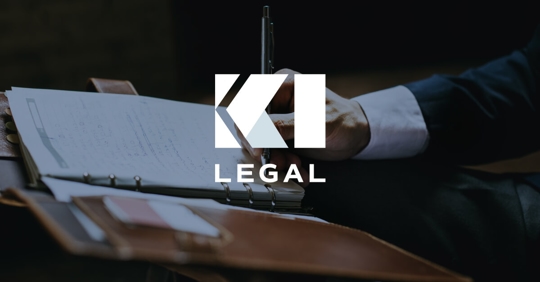New York is a “no-fault” insurance state, meaning that those insured within New York can be reimbursed by their insurance company for damages regardless of who was responsible for causing the accident. The reimbursements can vary from medical costs, to lost wages, and to other losses that might surface after the accident. New York also requires registered motor vehicles to have liability insurance with certain minimum coverage amounts equating to at least: (1) $25,000 to $50,000 for bodily injury per person; (2) $50,000 to $100,000 for death per accident; and (3) $10,000 for property damage per accident.[1]
Because New York is a no-fault insurance state, if you can make a showing that the other driver is responsible for the accident, you may be able to recover compensation for the full extent of damages including: (1) costs to repair or replace your vehicle; (2) the full value of your lost wages and benefits; (3) pain and suffering; and/or (4) lost earning capacity.
Additionally, if you have been seriously injured in the car accident, you may have the ability to step outside the lines of New York’s no-fault system if you have: (1) a broken or fractured bone; (2) substantial disfigurement; (3) permanent limitation of the use of a boy organ or limb; (4) substantial limitation of a bodily function or system; and/or (5) substantially full disability for ninety days or more.
NOTE: No-fault does not apply in instances where the vehicle you or the other driver operated a motorcycle or scooter. Additionally, if the negligent party is a driver from out-of-state, you may have the right to bring a claim against them.
In order to bring a claim against a vehicle at fault in New York, you must be able to meet the standard requirement under the no-fault threshold; you must prove whether you have a serious injury from the car accident under the law. Under New York law, certain injuries automatically trigger the satisfaction, such as a fracture, break, and significant scarring. However, there are some instances where the burden is on you to prove significant disability. In essence, you must prove some type of permanent or partial disability in order to prove a serious injury in order to pursue a claim for pain and suffering damages.
If you have any concerns whether a particular injury you sustained meets the threshold, contact KI Legal for the help you need.
[1] https://dmv.ny.gov/insurance/insurance-requirements
*ATTORNEY ADVERTISING*
*PRIOR RESULTS DO NOT GUARANTEE A SIMILAR OUTCOME*
This information is the most up to date news available as of the date posted. Please be advised that any information posted on the KI Legal Blog or Social Channels is being supplied for informational purposes only and is subject to change at any time. For more information, and clarity surrounding your individual organization or current situation, contact a member of the KI Legal team.
KI Legal Personal Injury fights for victims of a wide array of personal injury claims, from Motor Vehicle Accidents to Scaffolding and Ladder Falls to Slip/Trip & Falls, amongst others. By leveraging its multidisciplinary foundation and, with the help of its experienced litigators, KI Legal Personal Injury can fight for the results and compensation that victims deserve without pushing for premature settlements due to financial reasons. This financial paradigm shift swings the pendulum in our favor when it comes to negotiating with insurance carriers, inherently leading to better results for clients. For the latest updates.

